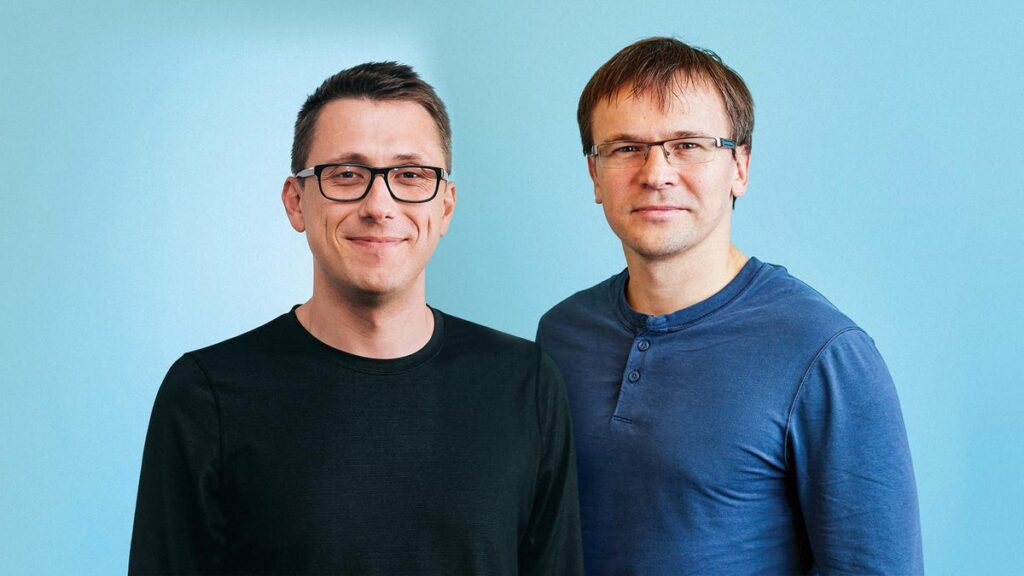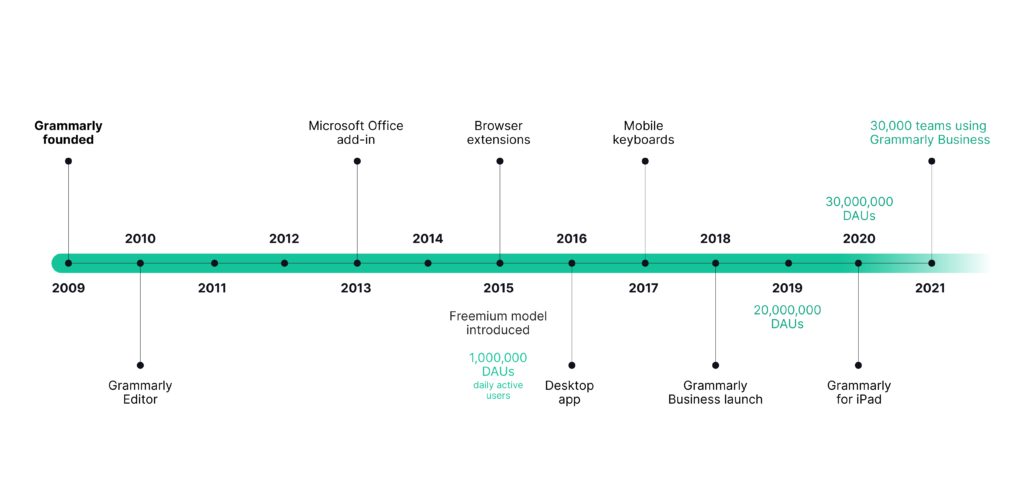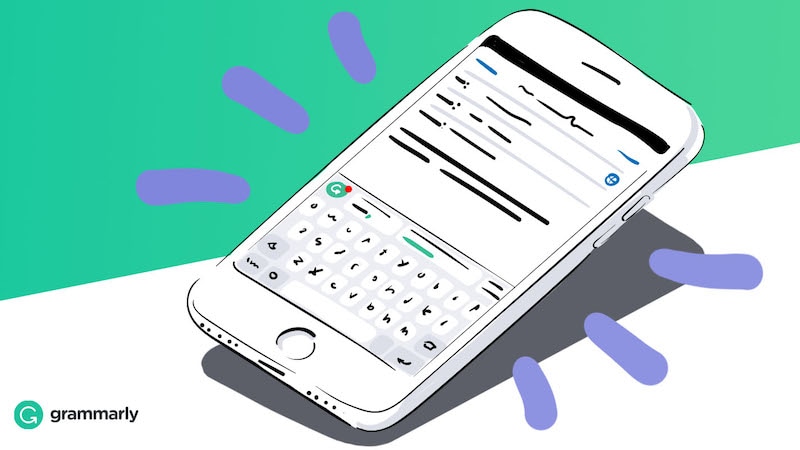With the internet’s growing potential to influence humanity, digital content have become crucial component of the online economy. We all know that “a pen is mightier than a sword,” and in this age of modernity, the actual power of writing is displayed, as it reaches out to an increasing number of people globally.
With companies prospering via digital content publishing, Grammarly is a must-have for any blogger out there. Grammarly is a software that was released on July 1, 2009, to identify any type of writing error, such as grammatical problems, spelling errors, punctuation faults, style issues, and so on. Furthermore, it not only identifies but also corrects errors by making precise suggestions. The program also functions as a plagiarism detector. All you have to do is drop the text, and it will handle the rest.
Grammarly, founded in 2009 by three Ukrainians, now employs over 600 people and works with over 500,000 applications to analyze 14 trillion words each year for its 30 million daily active users worldwide.
Grammarly use machine learning to help with not only fundamental writing but also spell-checking, grammar, tone of voice, and context.
Grammarly has developed a number of products since its inception, including Grammarly Business, which assists major corporations in a variety of roles such as sales and marketing. Another of its services is a plagiarism detector.
Origins of Grammarly / How Grammarly started?
Grammarly was founded by Alex Shevchenko and Max Lytvyn when they were students at International Christian University in Ukraine. When the internet first became widespread in the year 2000, these two students realized that practically everyone was obtaining essays from the internet without even recognizing it. As a result, the students were easily influenced since they were not utilizing the power of their own creativity.

Shevchenko began building software to remove this corrupted image from the minds of students, and by 2004, he had created My Dropbox. He formed a team with Lytvyn and 15 other people to work on this project. The software’s primary function was to detect plagiarism in essays. Despite the fact that it was a paid service, 800 colleges were utilizing it by 2007. My Dropbox was a great success for the team because there was only one other company in the entire globe using the same technology. The software was sold to Blackboard, a well-known provider of educational platforms, that same year.
Founding Grammarly
Blackboard’s terms for purchasing the firm required Lytvyn to work for them for the next two years, and the other founder could not work on a comparable concept while working for the company. Lytvyn accepted the opportunity, but on the day his contract with Blackboard expired, he went to Toronto to work with Shevchenko. Grammarly, their new product, was introduced within a few days.
Initially, they planned to limit the usage of Grammarly to educational institutions and students. They did, however, broaden it and make it open to all commoners. Today, anybody may purchase the software and have access to all of Grammarly’s capabilities and advantages.
Lytvyn and Shevchenko founded Grammarly without bringing in any investors, instead using the proceeds from the sale of their first product.

Grammarly Business Model
Grammarly’s business model is based on a freemium service, in which free customers are asked to upgrade to a premium membership at any time.
This freemium subscription-based SSAS business Model assists its consumers in writing a zero-plagiarism article in the following platforms:
Grammarly extension
This is a browser extension for Google Chrome, Apple Safari, Microsoft Edge, and other browsers. You can also use this plugin to produce error-free articles for Facebook, Linkedin, and other social media networks.
Grammarly App
This is a native app that can be downloaded as a window app. This program is meant to automatically update so that you always have the most recent version.
Grammarly Keyboard
This keyboard is available for download on Android and iOS devices. Grammarly’s keyboard includes features such as a grammar and spelling checker, punctuation correction, and vocabulary additions.
Grammarly for MS Office
This platform assists in writing without excessive grammatical and punctuation problems.
Grammarly Handbook, Facebook and Twitter community, and Grammarly Blog are some of the other venues Grammarly provides for its customers to generate high-quality material.
Also Read: Subscription Based Business Model And How It Works?
How does Grammarly make money?
Grammarly, as previously stated, works on a freemium-based revenue model. It’s a pricing strategy in which a software firm offers its product/service for free in exchange for a watered-down version.
This means that users get the basic items for free and must pay to get the additional capabilities. This paradigm is used by the majority of firms today, including Dropbox and Trello.
Grammarly was profitable while it used the premium model, but the introduction of Freemium assisted in boosting its funds, product expansion, and active users.
Grammarly makes their money using this model through the following:
- Subscription Plans
- Grammarly@EDU
- Human Proofreading Service
Subscription Plans
These Subscription Plans are divided into three sections.
Free Plan – The first is the Grammarly application’s free plan. There isn’t much you can do with Grammarly on this package. That is why it is recommended that you subscribe to a higher plan.
Premium Plan – Advanced functions like as tone recognition, politeness, sentence diversity, and plagiarism detection are available with the Premium package. It also assures text conciseness, readability, and many other benefits. The monthly fee is $11.66.
Business Plan – The Business plan is the most expensive. This plan has the same benefits as the Premium Plan. The main distinction is that up to 100 people can share a single account. The monthly fee is $12.50.
Grammarly@EDU
Grammarly@EDU is a separate revenue stream from subscription plans. This application is designed exclusively for students at various colleges. It enables students to compose instructional articles, edit them, and reference their sources.
Grammarly now has over 1,000 educational institutions as partners. The charges have not been made public.
Human Proofreading Service
In addition, the company generates money by providing Human Proofreading Services to both people and corporations. The fee is determined by the project’s word count and deadline.
Grammarly Funding
Grammarly raised its valuation to $13 billion in a financing round in November 2021, putting it among the top ten most valuable firms in the United States.
Grammarly said that the funding round raised more than $200 million from investors such as Baillie Gifford & Co. and accounts managed by BlackRock Inc. It ranks the business tenth among U.S. startups based on value, according to research firm CB Insights.
Grammarly claims that its services are utilized by about 30 million individuals every day.
Grammaraly growth
Grammarly has quietly developed into one of the most successful self-funded products on the web since 2008. Grammarly’s free Chrome extension has had 10 million downloads to date, and the firm has 6.9 million daily active users. Grammarly has quadrupled important measures like users and revenue year after year.
It is one of Silicon Valley’s most popular and successful firms, with over 30 million daily users globally.
Also Read: Freemium Business Model And How It Works?
Concluding..
Grammarly pioneered and continues to dominate the market for conveniently accessible, one-stop-shop writing tools.
The company’s success story is motivating because it demonstrates that you don’t need years of expertise or money to make your product or concept a success… Just smart ideas, perseverance, and hard work.
To read more content like this, subscribe to our newsletter



